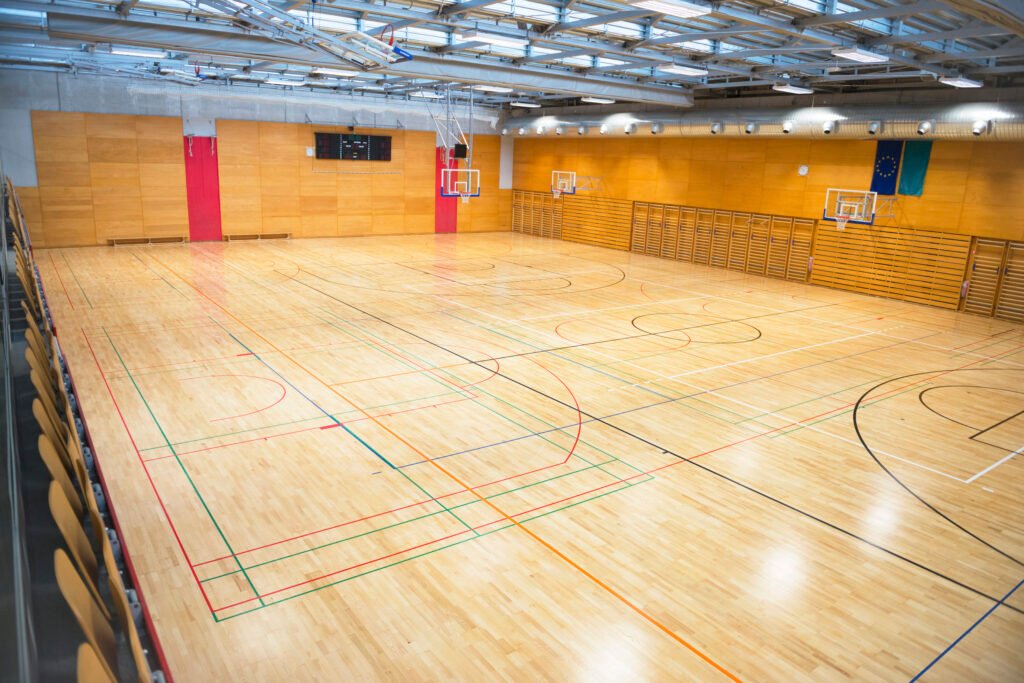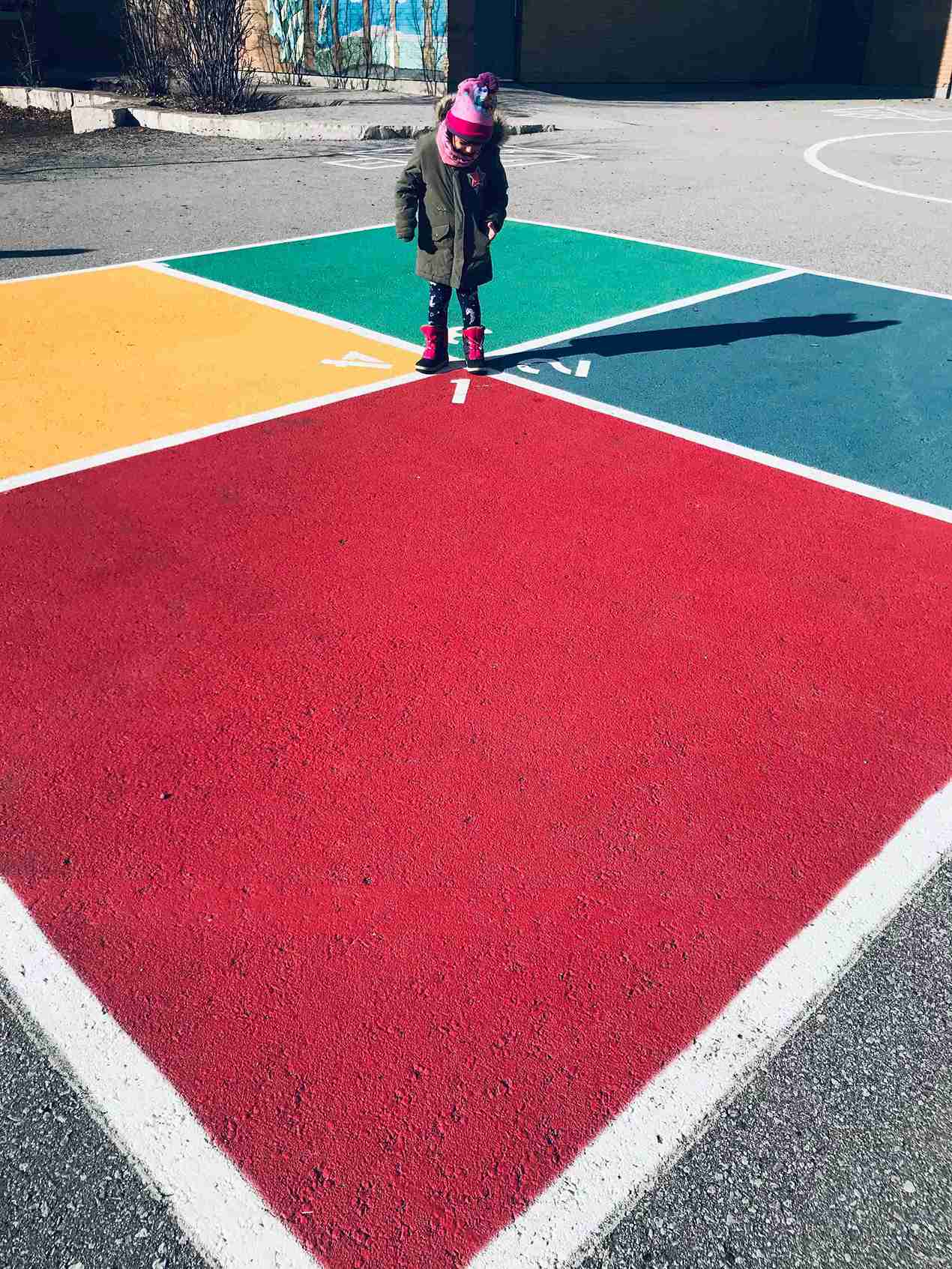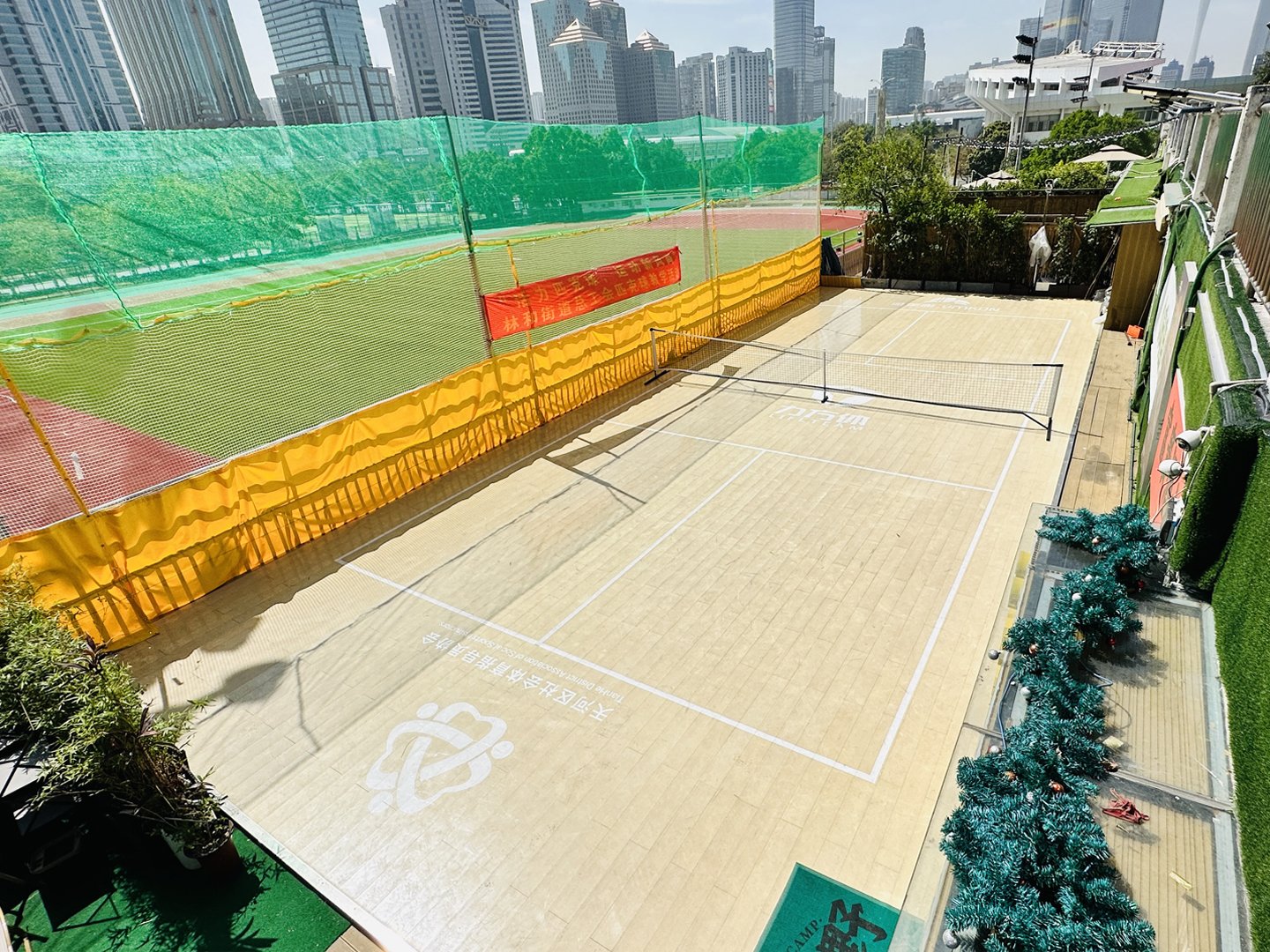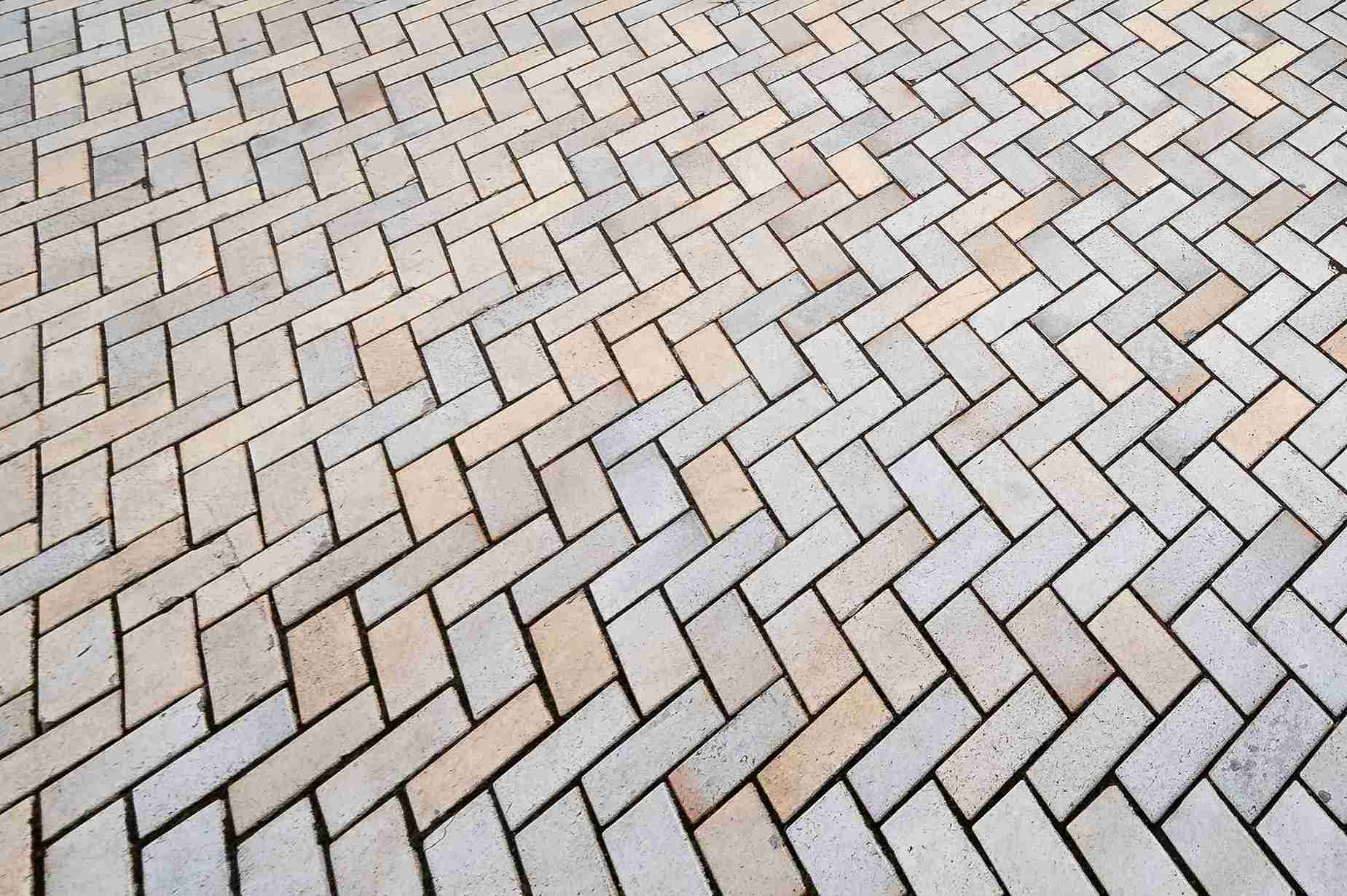Selecting the right flooring for an indoor basketball court is critical to ensuring optimal performance, player safety, and long-term durability. Whether you’re a facility manager, coach, or homeowner building a home court, the choice between wood and synthetic flooring can significantly impact your court’s functionality and maintenance requirements. Both options offer distinct advantages and trade-offs in terms of performance, cost, and upkeep.
This guide provides a comprehensive comparison of wood and synthetic basketball flooring, examining their characteristics, benefits, and limitations. By understanding the technical aspects of each material, you can make an informed decision that aligns with your budget, maintenance capacity, and performance expectations.
Wood Flooring for Indoor Basketball Courts
Wood flooring has long been the standard for professional and collegiate basketball courts. Its classic appearance and superior performance characteristics make it a preferred choice for competitive play.
Types of Wood Flooring
The most common wood species for basketball courts is hard maple, prized for its density, durability, and consistent grain pattern. Other options include beech and ash, though maple remains the industry standard due to its exceptional shock absorption properties and ability to withstand heavy use.
Professional installations typically feature tongue-and-groove planks mounted on a subfloor system with rubber pads or sleepers. This construction method creates the necessary cushioning and ball response that players expect from a high-quality court. Leading manufacturers such as Connor Sports Flooring and Robbins Sports Surfaces offer FIBA-certified hardwood systems designed for competitive play.
Advantages of Wood Basketball Flooring
Wood flooring delivers several performance benefits that contribute to its enduring popularity:
Superior Shock Absorption: Properly installed wood floors provide excellent impact absorption, reducing stress on players’ joints and minimizing injury risk during high-intensity play. The elasticity of maple combined with engineered subfloor systems creates optimal cushioning.
Consistent Ball Response: Wood surfaces offer predictable ball bounce and rebound characteristics essential for competitive basketball. Players can rely on consistent performance across the entire court surface.
Classic Aesthetic Appeal: The natural beauty and traditional appearance of wood flooring create a premium atmosphere that enhances any facility. The warm tones and grain patterns are synonymous with basketball excellence.
Long Lifespan: With proper maintenance, wood basketball courts can last 30 years or more. The surface can be sanded and refinished multiple times, extending its functional life significantly.
Disadvantages of Wood Basketball Flooring
Despite its advantages, wood flooring presents several challenges:
Higher Initial Investment: Wood basketball court installation requires significant upfront capital. Material costs, specialized installation, and subfloor system components make wood the more expensive option compared to synthetic alternatives.
Maintenance Requirements: Wood surfaces demand regular care to maintain their appearance and performance. Refinishing every 7-10 years is necessary, along with daily cleaning protocols.
Moisture Sensitivity: Wood flooring is susceptible to warping, cupping, and damage from moisture exposure. Facilities must maintain strict humidity control (35-50% relative humidity) to prevent structural issues.
Installation Complexity: Proper wood floor installation requires specialized expertise and precision. The process takes longer than synthetic flooring installation and must be performed by certified professionals.
Wood Flooring Maintenance Tips
To maximize the lifespan and performance of wood basketball flooring:
- Regularly sweep or vacuum to remove dust and debris that can scratch the finish
- Use a damp mop with a wood-specific cleaner to clean the surface, avoiding excess water that could penetrate the finish
- Periodically refinish the surface (every 7-10 years) to maintain its appearance and performance characteristics
- Control humidity levels between 35-50% to prevent warping or damage
- Inspect for loose boards or finish deterioration and address issues promptly
Synthetic Flooring for Indoor Basketball Courts
Synthetic basketball flooring has gained popularity as a cost-effective alternative to wood, particularly for multi-purpose facilities, recreational centers, and budget-conscious installations.
Types of Synthetic Basketball Flooring
Two primary synthetic materials dominate the indoor basketball flooring market:
PVC (Polyvinyl Chloride): Roll-out or tile-format PVC flooring offers a resilient, cushioned surface with good traction. These systems typically feature a foam or rubber backing that provides shock absorption.
Polyurethane: Poured polyurethane surfaces create seamless courts with customizable cushioning levels. This option allows for precise performance tuning based on specific requirements.
TPE (Thermoplastic Elastomer): Advanced interlocking tiles made from soft-touch TPE material provide enhanced shock absorption compared to traditional PP (polypropylene) tiles. Mondo Sports Flooring offers FIBA-certified synthetic systems with superior joint protection and reduced injury risk.
Advantages of Synthetic Basketball Flooring
Synthetic flooring delivers practical benefits for many basketball facilities:
Lower Maintenance Requirements: Synthetic surfaces require minimal upkeep compared to wood. Daily sweeping and periodic mopping with neutral pH cleaners maintain surface cleanliness without refinishing needs.
Cost-Effectiveness: Initial installation costs for synthetic basketball flooring are typically 30-50% lower than wood systems. This makes synthetic options accessible for facilities with limited budgets.
Moisture Resistance: Synthetic materials are impervious to moisture damage, making them suitable for facilities where humidity control is challenging or where courts serve multiple purposes.
Quick Installation: Synthetic flooring systems install faster than wood, minimizing facility downtime. Some roll-out or interlocking tile systems can be installed in days rather than weeks.
Versatility: Synthetic surfaces adapt well to multi-purpose facilities where basketball shares space with other activities. The durability of synthetic materials withstands varied uses without degradation.
Disadvantages of Synthetic Basketball Flooring
Synthetic flooring presents certain limitations:
Reduced Shock Absorption: While modern synthetic systems offer adequate cushioning, they generally provide less shock absorption than properly installed wood floors. This can increase joint stress during prolonged play, though advanced TPE materials have significantly improved this aspect.
Less Premium Appearance: Synthetic surfaces lack the traditional aesthetic appeal of wood. For facilities prioritizing a classic basketball atmosphere, synthetic flooring may not achieve the desired visual impact.
Ball Response Differences: Synthetic surfaces can produce slightly different ball bounce characteristics compared to wood. Players accustomed to wood courts may notice subtle performance variations.
Limited Refinishing Options: Unlike wood, synthetic flooring cannot be refinished. When the surface wears out, complete replacement is necessary rather than restoration.
Synthetic Flooring Maintenance Tips
Proper care extends the life of synthetic basketball flooring:
- Sweep or vacuum regularly to remove dirt and debris that can abrade the surface
- Mop with a neutral pH cleaner to maintain cleanliness without damaging the material
- Check for and repair any seams or damages promptly to prevent further deterioration
- Avoid using abrasive cleaners or harsh chemicals that can degrade synthetic materials
- Place protective mats at entrances to reduce tracked-in dirt and moisture
Wood vs. Synthetic: Comprehensive Comparison
Performance
Wood flooring maintains an advantage in shock absorption and ball response consistency, making it the preferred choice for competitive play. The natural elasticity of maple combined with engineered subfloor systems delivers superior joint protection and predictable ball behavior.
Synthetic flooring has closed the performance gap with advanced materials like TPE, offering adequate shock absorption for recreational and youth basketball. FIBA-certified synthetic systems meet international performance standards, though subtle differences remain compared to wood.
Cost Analysis
Initial Investment: Synthetic flooring costs 30-50% less than wood for materials and installation. A typical high school gymnasium wood floor might cost $80,000-$120,000, while a comparable synthetic system could range from $40,000-$70,000.
Long-Term Costs: Wood flooring requires periodic refinishing ($3-$5 per square foot every 7-10 years), adding to lifetime costs. Synthetic flooring has lower maintenance expenses but requires complete replacement after 10-15 years rather than refinishing.
Total Cost of Ownership: Over a 30-year period, wood flooring may prove more economical due to its extended lifespan with refinishing. Synthetic flooring requires 2-3 complete replacements in the same timeframe.
Maintenance Requirements
Wood flooring demands more intensive daily and periodic maintenance. Humidity control, refinishing schedules, and specialized cleaning protocols require dedicated facility management attention.
Synthetic flooring offers simplified maintenance with basic cleaning routines and no refinishing needs. This reduces labor requirements and makes synthetic options attractive for facilities with limited maintenance staff.
Durability and Lifespan
Properly maintained wood floors can last 30-50 years with multiple refinishing cycles. The solid hardwood construction withstands decades of use when properly cared for.
Synthetic flooring typically lasts 10-15 years before replacement becomes necessary. While durable during its service life, synthetic materials cannot be restored like wood when surface wear occurs.
Frequently Asked Questions
Which flooring type is better for competitive basketball?
Wood flooring remains the gold standard for competitive basketball due to its superior shock absorption, consistent ball response, and FIBA certification. Professional and collegiate programs overwhelmingly choose wood for these performance advantages.
Can synthetic flooring be used for tournament play?
Yes, FIBA-certified synthetic systems from manufacturers like Mondo Sports Flooring meet international standards for tournament play. However, preferences vary, and many competitive venues still favor wood for its traditional performance characteristics.
How do I decide between wood and synthetic flooring?
Consider your budget, maintenance capacity, and performance requirements. Facilities prioritizing elite performance and traditional aesthetics should invest in wood. Multi-purpose facilities with budget constraints may find synthetic flooring more practical while still meeting performance needs.
What is the expected lifespan of each flooring type?
Wood flooring lasts 30-50 years with proper maintenance and periodic refinishing. Synthetic flooring typically requires replacement after 10-15 years, depending on usage intensity and maintenance quality.
Are there hybrid options available?
Some manufacturers offer hybrid systems combining wood surfaces with synthetic backing layers. These systems attempt to balance wood’s performance characteristics with simplified installation, though they remain less common than pure wood or synthetic options.


Making the Right Choice for Your Facility
Both wood and synthetic flooring offer viable solutions for indoor basketball courts, each with distinct advantages suited to different needs and constraints.
Wood flooring excels in performance, shock absorption, and traditional aesthetic appeal. It represents the premium choice for facilities prioritizing competitive play, player safety, and long-term investment. The higher initial cost and maintenance requirements are offset by superior performance characteristics and extended lifespan with proper care. Brands like Connor Sports Flooring and Robbins Sports Surfaces provide FIBA-certified systems engineered for professional-level play.
Synthetic flooring delivers cost-effectiveness, low maintenance, and versatility for multi-purpose facilities. Advanced materials like TPE have significantly improved shock absorption and safety features, making synthetic options increasingly competitive for recreational and youth basketball. Mondo Sports Flooring offers FIBA-certified synthetic systems that balance performance with practical benefits.
Your decision should reflect your facility’s specific requirements: budget constraints, maintenance capacity, intended use level, and performance expectations. Competitive venues benefit from wood’s superior characteristics, while recreational facilities may find synthetic flooring more practical and economical.
Ready to install the perfect basketball flooring for your facility? Contact us for a consultation with our flooring specialists. We’ll assess your specific needs, space requirements, and budget to recommend the optimal solution for your indoor basketball court.








